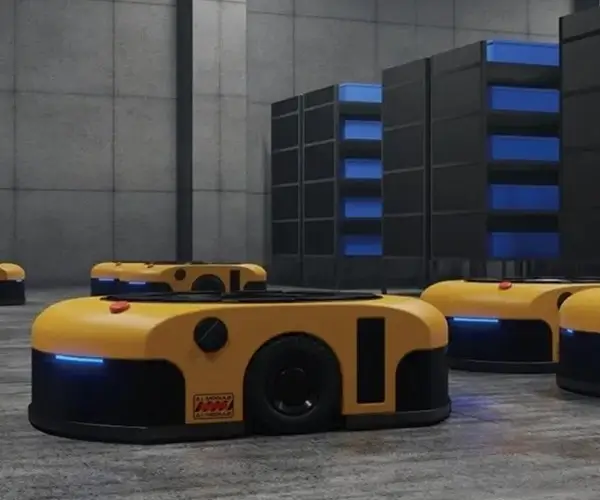Picture this: you’re diving headfirst into building a complex, scalable system. Do you go with a monolith, with everything neatly tucked into one giant package? Or do you break things down into microservices, like tiny Lego blocks that fit together? Each approach feels like choosing between a cozy cabin and a sprawling cityscape. Both have their charm, but the choice can make or break your project’s future.

Monoliths—that’s the classic route. They bundle all features into one solid codebase. Think of it as having a single toolbox; everything is right there when you need it. Easy to get started, less cognitive load upfront. But as the system grows, things sometimes get a little cramped—adding new features can become tricky, and fixing bugs might cause unintended side effects elsewhere. Imagine trying to repair a watch with all gears intertwined—you might end up disturbing the whole mechanism.
Microservices? They’re like building a city with individual buildings instead of a single monolith. Each microservice handles a specific task, communicates over well-defined APIs, and can be scaled or updated independently. If one service encounters an issue, it’s often contained, sparing the rest of the system. This approach introduces agility; you can tweak a service without risking the entire system. But—there’s a flip side—maintaining all those small pieces isn’t exactly a walk in the park. It’s like managing a staff of tiny, specialized teams. You need a solid orchestration layer, robust communication protocols, and diligent monitoring.
So, what about real-world scenarios? Say you’re developing an e-commerce platform. A monolith might be tempting early on; it’s simple, unified, and quick. But as customer volume climbs, and features like recommendations, payment gateways, and order tracking mushroom, the monolith can become a beast. Maintenance turns into a headache—every change risks breaking something else.
That’s where microservices shine. Break the system down—user management, payment, catalog, review system—each as a separate service. When traffic surges, scale only the catalog service, for example. It keeps the system flexible. But it also demands a more sophisticated infrastructure. You can’t slack on testing and deployment strategies. It’s a balancing act, similar to juggling flaming torches.
Have you ever wondered why some systems struggle under the weight of their own complexity? Sometimes, a hybrid approach makes sense. Start with a monolith to get off the ground, then slowly decouple into microservices as the needs grow. Throw in containerization, orchestration, CI/CD pipelines—that’s the secret sauce for managing microservices smoothly.
It’s not just about tech trends. It’s about aligning the architecture with business needs and team capabilities. No one-size-fits-all here. Choosing the right pattern can accelerate development, simplify scaling, and keep your system healthy for years to come. Sometimes, a small change in architectural thinking can open up a whole new world of possibilities.
Established in 2005, Kpower has been dedicated to a professional compact motion unit manufacturer, headquartered in Dongguan, Guangdong Province, China. Leveraging innovations in modular drive technology, Kpower integrates high-performance motors, precision reducers, and multi-protocol control systems to provide efficient and customized smart drive system solutions. Kpower has delivered professional drive system solutions to over 500 enterprise clients globally with products covering various fields such as Smart Home Systems, Automatic Electronics, Robotics, Precision Agriculture, Drones, and Industrial Automation.




































